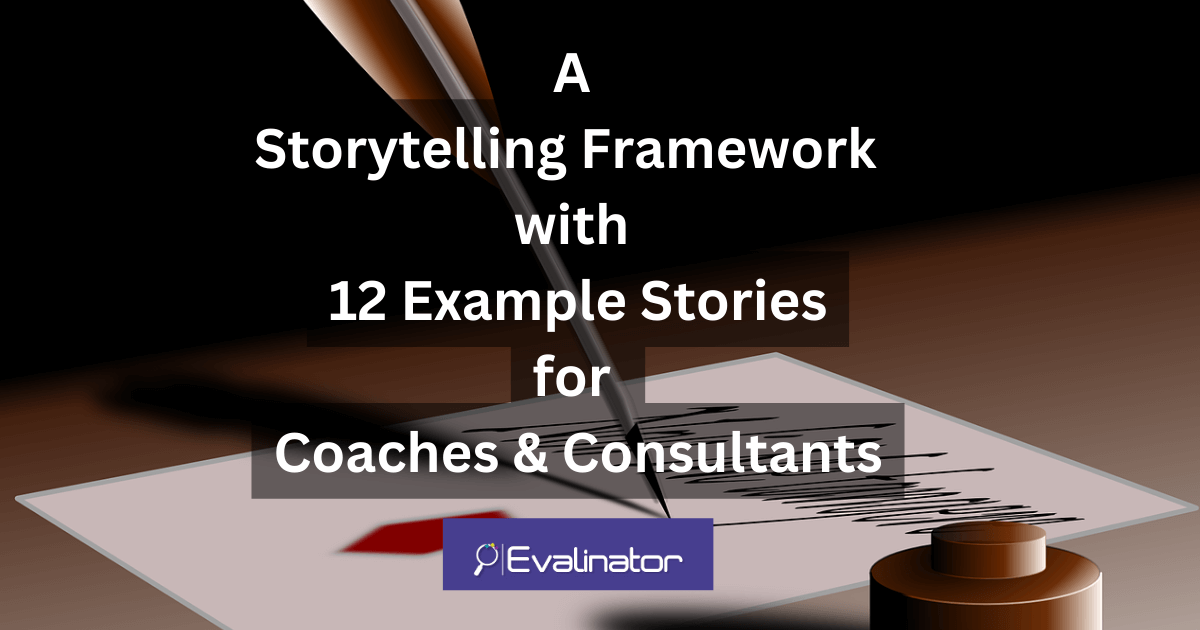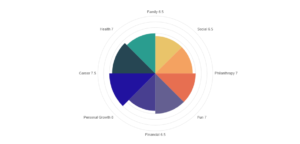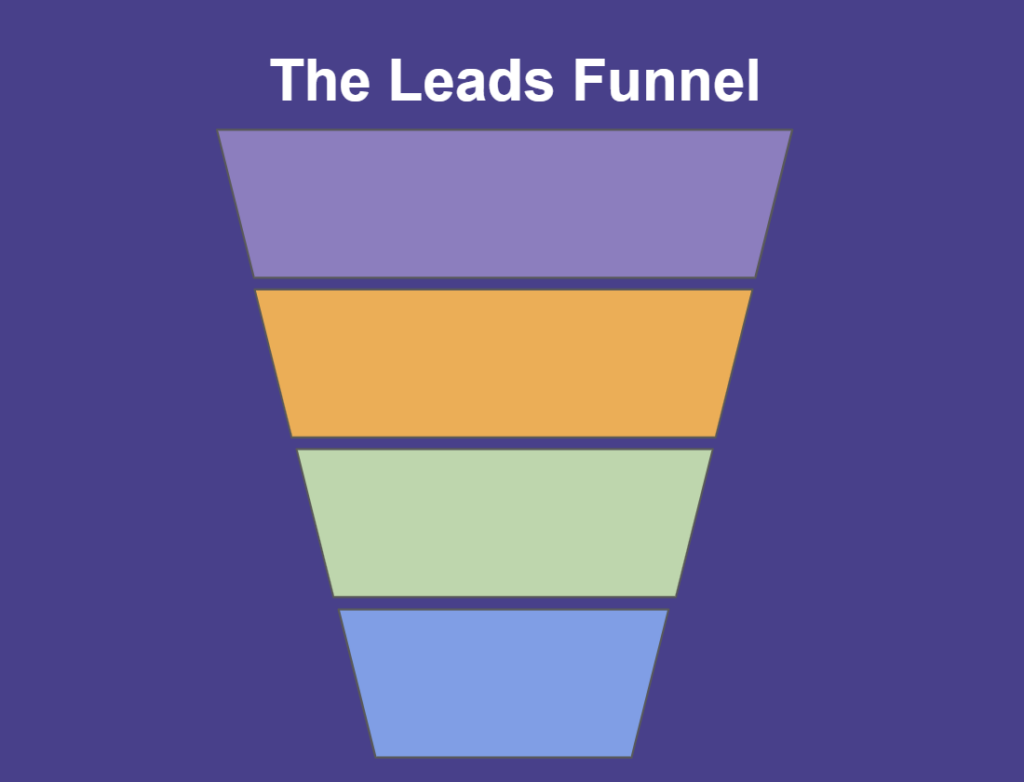


What is a storytelling framework important?
Storytelling is a great tool to communicate and get your message across. Stories are engaging and easy to identify with. Stories are also easier to remember. Plus, by emotionally connecting, you build trust faster.
This post is for you if you been wondering how to use the power of storytelling in a practical way that gets you started in as little as 30 minutes.
 For example, if you are a coach, and someone takes your Wheel of Life assessment on Evalinator, what kind of stories you can use to build confidence?
For example, if you are a coach, and someone takes your Wheel of Life assessment on Evalinator, what kind of stories you can use to build confidence?
And if you are a consultant who creates a maturity assessment on Evalinator, how would you use stories to create a follow-up sequence that builds trust and credibility in your expertise?
While you may be using stories intuitively, in this post we’ll outline a systematic storytelling framework to create a 6 part email sequence for you.
We’ve also create an eBook below that contains 12 actual stories (6 for coaches, and 6 for consultants) and 6 email templates. Just customize those stories and get started quickly.
Whether to keep your emails long or short is your preference. As for frequency, a gap of a few days is good, but some have been known to go daily or even multiple times a day. If your topic not an emotional one, then a longer gap is better in our opinion – perhaps once every 5-6 working days.
Some ground rules we like to follow:
Stories are meant to engage. We recommend a simple structure to follow for your stories:
That’s all there is to it!
Here are the 3 steps in a sample story:
See how simple it is to get started by using this structure.
For a longer story you can use this storytelling framework over and over again. Here is a nice post and a supporting video to watch if you’d like to improve your storytelling capability using this framework. The author is talking about non-fiction but explains it so well that you can easily convert your experiences into this story format.
And now, here are the 6 emails.
The very first email you send should be aimed at establishing a connection with your respondent. What this means is you tell a story that does this. This depends on the topic but could be a personal origin story if your personal brand is what the respondent is engaging with (a coach, an expert, an individual consultant) or this could be a professional origin story or the story of your mission if you’re interacting as a company.
Here is a general template to use.
In this email, you want to reassure them that they don’t face their challenges alone, and that you are capable of helping them. The story you want to tell here is an impact story of how you helped someone else with a similar challenge. The challenge will be area of your diagnostic assessment.
The general template to follow is:
In this 3rd email, after you have established a connection and shown that you are credible, it’s time to lead with an insight to enhance their confidence in you. The insight should be in terms of a story and based on your offer. This could be an interesting statistic, a surprise, or an observation. Tell the story of how another client (or you yourself) came across this insight, and what it meant to them.
For example, using our storytelling framework above:
The general template to follow for this email is:
In this 4th email, it’s been a few weeks since you reached out first. You’ve build some confidence with your respondent. Now it’s time to take them on an aspirational journey. Share an aspirational story about how another client achieved something (related to the topic of your assessment). The story will outline where they started and where they ended up (a happy or successful place).
This kind of a story allows them to visualize their mission and not just the next step. For example, using our storytelling framework above:
The general template to follow is:
Now that you’ve shared the aspirational vision, it’s time to get practical. Tell them a story about how to take the first step with an example. Just as Rome wasn’t built in a day, the idea here is to get them thinking about achieving their own goals step by step. So share with them a story of what was the first step your representative client took to begin the overall pursuit of their vision.
A general template to follow is:
You’ve been working with the respondent for several weeks now, and in this email you will urge them to take action again. You will share a story of how another client of yours finally took the plunge after a lot of self doubt. Reiterate the benefit of short term goals and breaking the inertia. Have them analyze if doing something is better than waiting.
Here is the general template to follow:
So that’s how you can use a storytelling framework to create a story-based email sequence to engage your respondents once they have taken your assessment.
These are just suggestions of course so please customize and tailor to suit your unique situation. You can also automate your emails if you receive a lot of responses.
Finally, don’t forget to try Evalinator. We offer a 14 day trial and provide some awesome assessment templates free with your subscription such as the DISC, Big 5, Human Design, Wheel of Life, and the Character Strengths Finder.

Feeling frustrated with lead generation?
Take this free, 5-minute quiz and get more prospects into your leads funnel.
Instant Results. Actionable recommendations. Email required.
Find Your Score >>